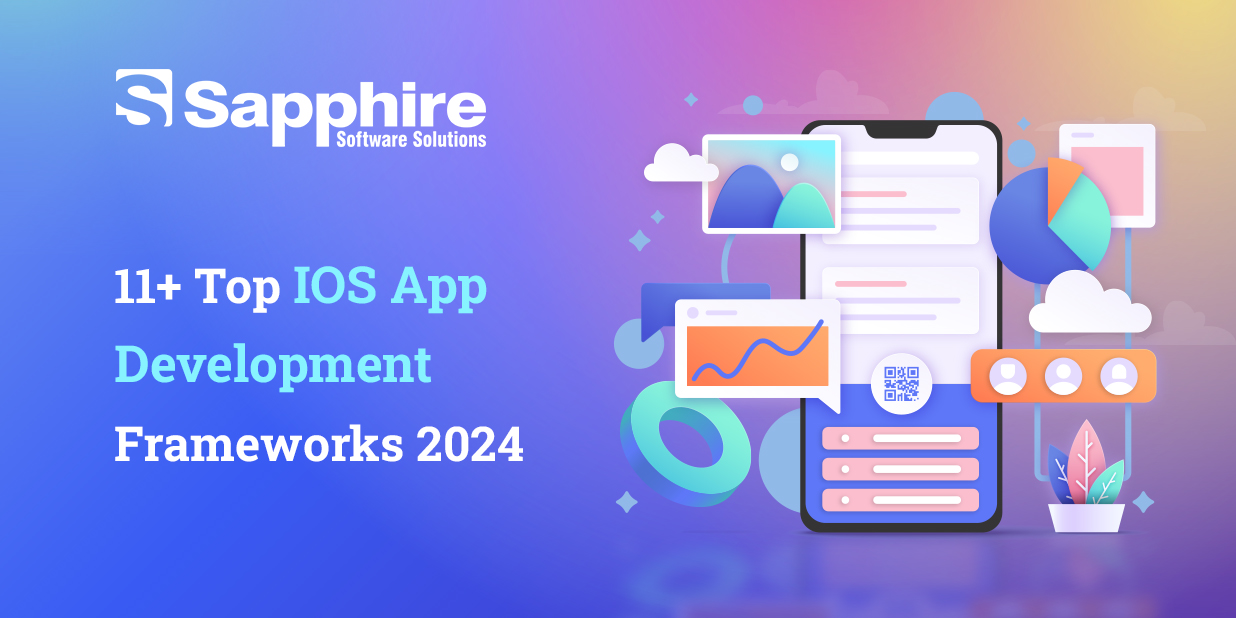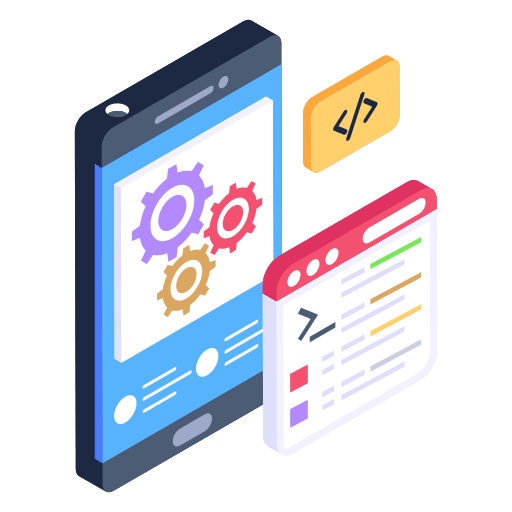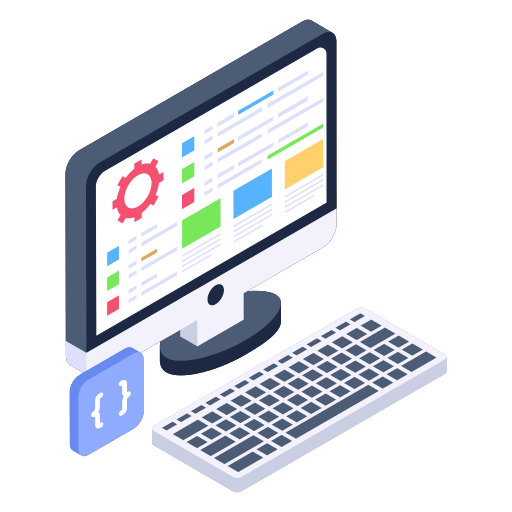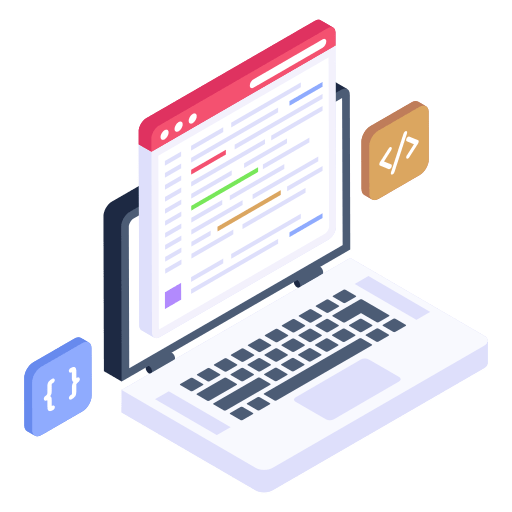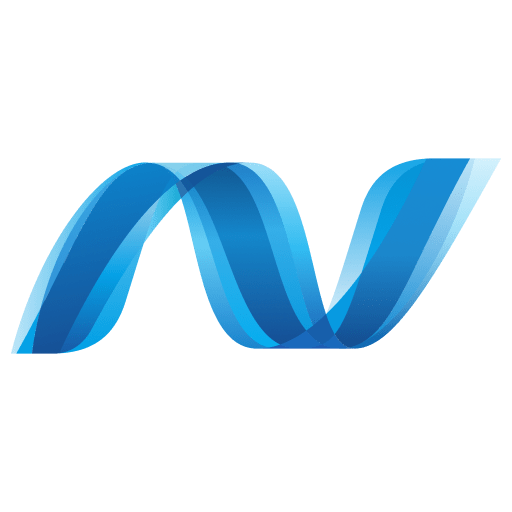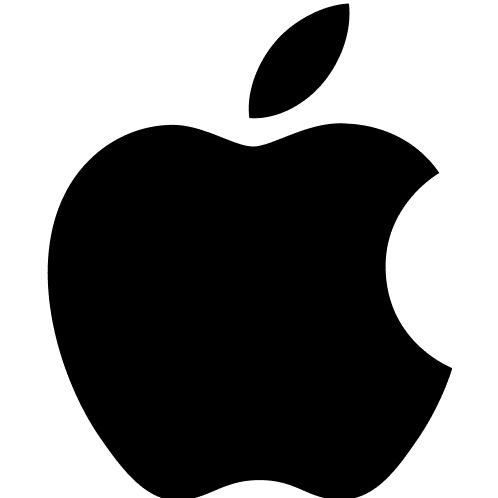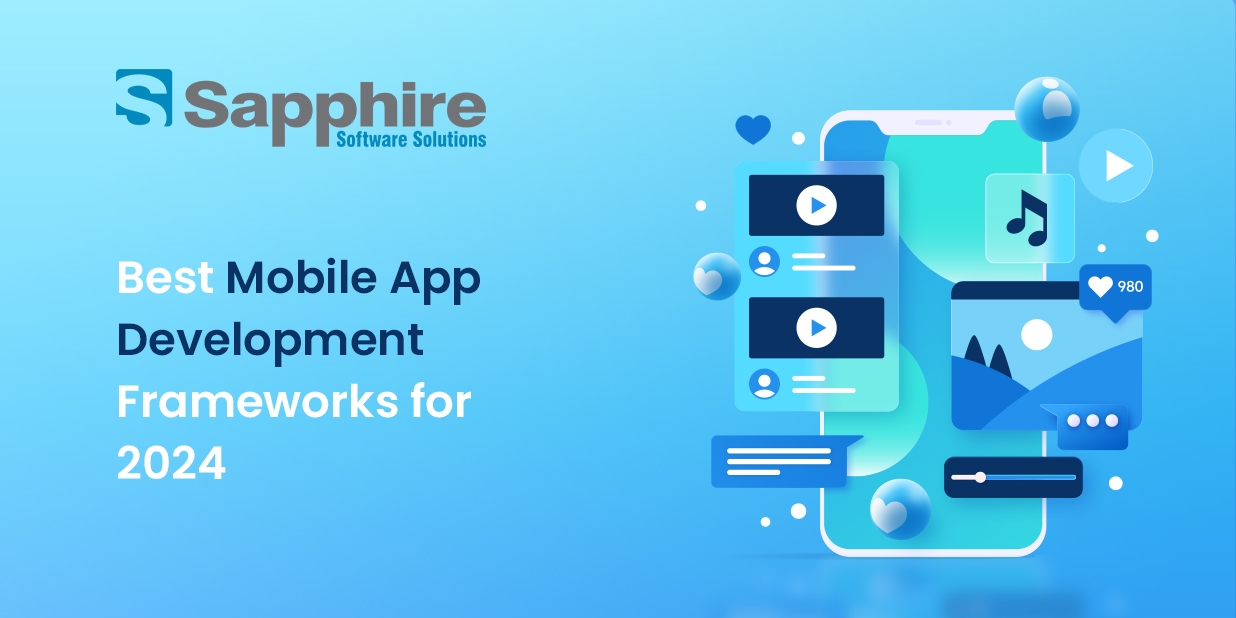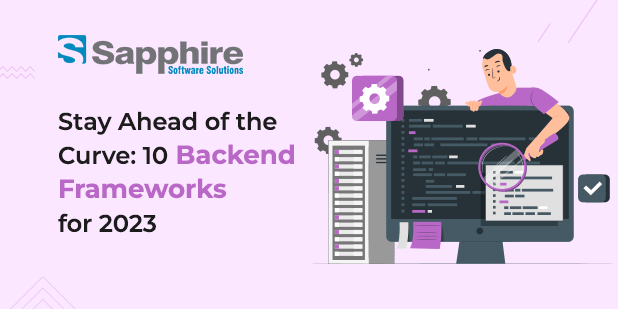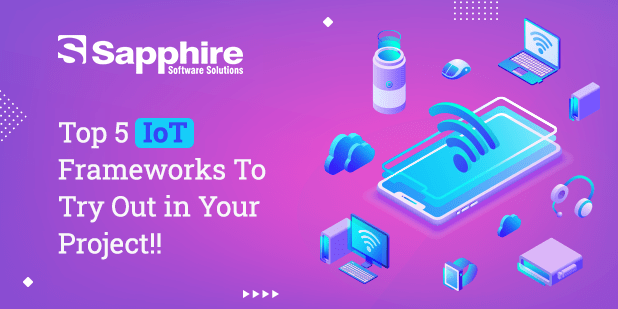What does an iOS app development framework mean?
A library called the iOS app development framework provides a fundamental structure to help with the building of applications customized to meet specific needs. The application framework consists of organizational components that grant access to applications as well as user interface components for application development. When you hire an iOS app development company, make sure you select a framework with outstanding user interface (UI) and user experience (UX) features.
Consider the following twelve cutting-edge iOS app development frameworks that will be popular in 2024.
1.SwiftUI
Apple introduced SwiftUI in 2019 as a declarative UI framework that revolutionizes the development of iOS applications by introducing an innovative interface approach. By using the Swift programming language, this technology enables programmers to generate legible, concise code for dynamic, interactive user interfaces.
Features:
- Utilising a declarative syntax, SwiftUI streamlines the process of developing user interfaces.
- Compatibility across platforms: iOS, macOS, watchOS, and tvOS are all supported.
- Real-time preview enables programmers to observe modifications in progress in an instant.
- Integration with the Combine Framework: Combine is seamlessly integrated for reactive programming.
- Ensures a consistent and organic user experience throughout all Apple devices.
2. UIKit:
Apple’s dedication to straightforward and visually appealing user experiences is reflected in UIKit, the iOS app development framework. In tandem with the iOS ecosystem, UIKit has influenced interface design since the iPhone’s introduction. It is a versatile framework for developing applications for the iPhone, iPad, and other Apple devices. Assembled in Swift from Objective-C initially, UIKit serves as the foundation for OS-integrated interfaces. It grants developers the ability to design applications that are dynamic, responsive, and user-friendly.
Features:
- The UIKit framework implements a well-organized view hierarchy, which enables programmers to arrange and display user interface elements methodically.
- Rich UI Components: An all-encompassing collection of pre-fabricated user interface elements comprising buttons, labels, tables, and navigation controllers, facilitating the development procedure.
- Event Handling: Sophisticated mechanisms designed to manage user interactions involving tapping, gestures, and other events, guaranteeing a user experience that is prompt and responsive.
- Animation Functionality: UIKit incorporates aesthetically pleasing and seamless animations, thereby augmenting the overall attractiveness and efficacy of applications.
- Automatic Layout: The framework has a flexible and resilient layout system that lets programmers develop interfaces that fit various device sizes.
3. React Native:
The open-source React Native framework from Facebook builds cross-platform mobile apps with React and JavaScript. Allowing developers to commit iOS and Android code after one production boosts productivity and time management.
Features:
- The Development Across Platforms: Develop and distribute JavaScript code across multiple platforms.
- Native Performance: Offers performance that is nearly identical to that of native components.
- Hot Reloading: Enables programmers to observe the immediate impact of modified code.
- A substantial community of developers is actively involved in fostering its expansion.
- Support for Third-Party Plugins: Widespread compatibility with third-party plugins.
4. Flutter:
Google’s Flutter UI toolkit builds natively built mobile, web, and desktop apps from a single codebase. Several pre-designed modules and Dart are utilized to generate aesthetically pleasing, responsive interfaces.
Checkout – Flutter App Development Company in USA
Features:
- Construct for both iOS and Android using a solitary codebase.
- Hot Reload: Instantaneously observe modifications without causing the application to lose its state.
- A rich collection of elastic elements to facilitate expressive user interface design.
- Fast Development: Accelerates development with a focus on developer productivity.
- Native Performance: Compiles to native ARM code for optimal performance.
5. Xamarin:
Xamarin, owned by Microsoft, lets developers create native iOS apps in C# and NET. The sophisticated programming environment allows code exchange across iOS and Android platforms, simplifying cross-platform app creation.
Features:
- Cross-Platform Development: Write code in C# and share it across iOS and Android.
- Native UI: Xamarin.iOS allows the creation of native user interfaces.
- Visual Studio Integration: Seamless integration with Microsoft Visual Studio.
- Xamarin.Forms: Simplifies UI development with a shared codebase for UI elements.
- Xamarin.Essentials: Offers a library of essential cross-platform APIs.
6. Ionic:
Popular cross-platform mobile applications written in HTML, CSS, and JavaScript utilise the open-source framework Ionic. Web developers can optimise their time by developing high-quality applications for iOS and Android.
Features:
- Compatibility across platforms: Construct web, iOS, and Android applications using a single codebase.
- Angular Integration: Structured application development integration with the Angular framework.
- Use Cordova plugins to access native device functionalities.
- Style and Theme: Use pre-built themes to customise the app.
- Support and Community: An engaged community and supporting documentation for guidance.
7. Cordova/PhoneGap:
Apache Cordova (PhoneGap) is a web-based iOS app framework. Encapsulating HTML, CSS, and JavaScript in a native container allows Cordova to support cross-platform development and audience growth.
Features:
- Cross-Platform Development: Write code in web technologies and deploy on various platforms.
- Access to Native APIs: Utilize native device features through JavaScript APIs.
- Plugin Architecture: Extend functionality with a wide range of available plugins.
- Easy Deployment: Streamlined process for app distribution across multiple platforms.
- Community Support: Active community for issue resolution and enhancements.
8. Alamofire:
Swift-based Alamofire is an open-source iOS and macOS HTTP networking framework. Developers may easily make HTTP requests, answers, and authentication with its simple interface.
Features:
- Elegant API: Provides a clean and intuitive API for handling networking tasks.
- Chainable Request and Response Methods: Enables concise and readable code.
- Authentication and Security: Supports various authentication methods and secure connections.
- Built-in status bar network activity indicator.
- Codable Support: Swift’s Codable protocols simplify serialisation and deserialisation.
9. RxSwift:
Reactive Swift framework RxSwift declaratively handles asynchronous and event-driven apps. This framework simplifies data stream management like ReactiveX (Rx), making it suited for iOS app user interfaces and complex asynchronous processes.
Features:
- Reactive Programming: Enables a reactive, functional approach to coding.
- Observable Sequences: Represents sequences of events over time.
- Operators: Provides a rich set of operators for transforming and combining data streams.
- Threading and Scheduling: Facilitates easy handling of concurrency and background tasks.
- Error Handling: Includes mechanisms for handling errors in a reactive paradigm.
10. Realm:
Realm is a mobile database that powers reactive, real-time apps. It is a simple yet robust alternative to Core Data. Realm offers iOS and macOS app developers a powerful and efficient data storage solution that prioritises usability and speed.
Features:
- OODB: Stores data as native objects, simplifying manipulation.
- Syncs data among devices in real-time.
- Compatible with iOS, macOS, Android, and more.
- Encryption: Ensures data security with built-in encryption options.
- Lightweight and Fast: Provides high-performance data access with a small footprint.
11. Firebase:
Firebase, built by Google, is a complete mobile development platform with several services and tools to facilitate development. It offers authentication, real-time databases, cloud services, and more for developing scalable and integrated iOS apps.
Features:
- Authentication: Secure user authentication with various providers.
- Real-Time Database: NoSQL database with real-time data synchronisation.
- Cloud Functions: Serverless computing for scalable backend logic.
- Hosting: Web hosting for static and dynamic content.
- Analytics and Performance Monitoring: Tools for tracking app usage and performance.
12. ARKit:
Apple’s ARKit framework allows iOS developers to create captivating AR experiences. It works perfectly with iOS to help developers build camera-based apps that overlay digital content on nature.
Features:
- Scene Understanding: Recognizes and understands the user’s environment.
- Face tracking: Accurate facial tracking.
- Live motion tracking: Tracks device position and orientation.
- World Tracking: Enables the placement of virtual objects in the real world.
- AR Quick Look: Provides a way to preview and interact with AR content in apps like Safari.



















